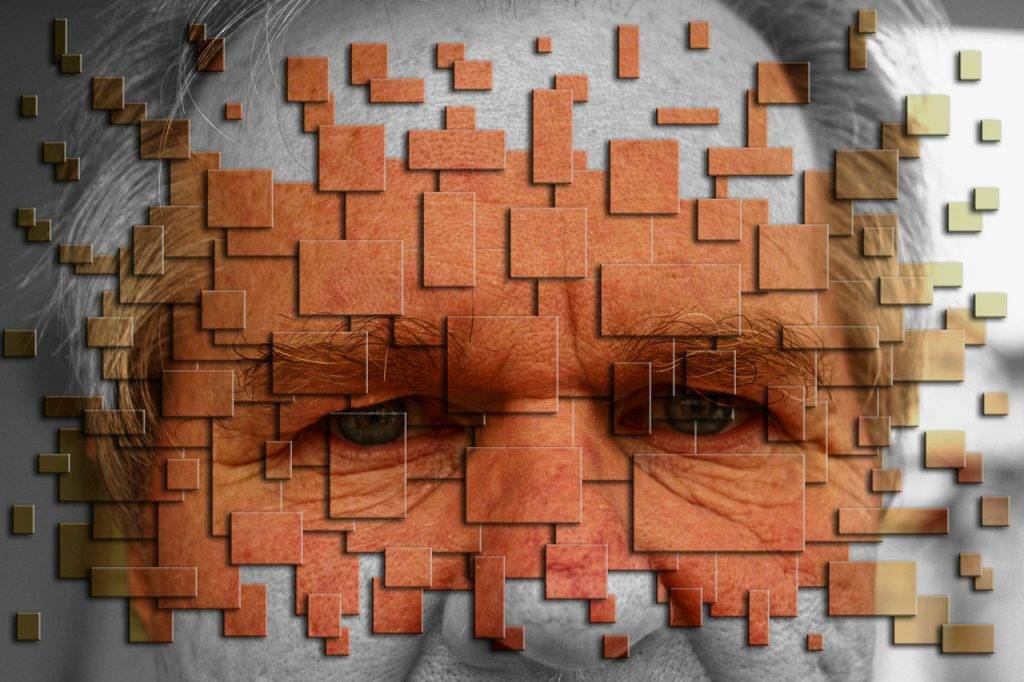Rosacea affects up to 20 million Americans, and more than 50 percent will experience sore eyes.
If you or someone you know has a face described as a ‘ruddy complex’, which sometimes appears inflamed, they most likely have a skin condition called rosacea.
Rosacea can affect the appearance of the nose, cheeks and eyes.
Vision problems can arise as a result of complications of ocular rosacea and in severe cases, corneal damage and permanent visual loss may occur.
What is ocular rosacea?
Ocular rosacea is an inflammation of the eyes that causes eye redness, burning, and itching.
People with rosacea, a chronic skin condition that affects the face, especially the cheeks and nose, are more likely to suffer with this condition.
Ocular rosacea is often the first warning that you have rosacea, which will affect your face at some point.
Adults between the ages of 30 and 50 are the most commonly affected by ocular rosacea. People who blush or become flushed easily appear to be more prone to the condition than people who don’t.
What causes ocular rosacea?
Like skin rosacea, the direct cause of ocular rosacea isn’t well known.
One or more of the following might be a trigger:
- Bacteria
- Blocked eyelid glands
- Environmental factors
- Eyelash mites
- Genetics
What causes ocular rosacea flare-ups?
Ocular rosacea flare-ups can be triggered by a variety of factors, it is important to be aware of these to avoid the flare ups.
Triggers for ocular rosacea flare up include:
- Alcoholic beverages
- Caffeine
- Cheese
- Chocolate
- Strenuous exercise
- Hot drinks
- Spicy food
- Saunas or hot baths
- Intense sunlight, wind, or temperature
- Some emotions, such as anger, stress or embarrassment
- Certain drugs, such as cortisone creams
SEE RELATED: Asteroid Hyalosis
If you’ve experienced a flare-up, contact an eye doctor near you.
Symptoms of ocular rosacea
Ocular rosacea symptoms may include:
- Blurred vision
- Dry eyes
- Pink eye (conjunctivitis)
- Itchy eyes
- Teary eyes
- Bloodshot eyes
- Light sensitivity
- Stinging or burning eyes
- Blocked and inflamed glands
- Crust on eyelids or eyelashes
- The feeling of having something in your eye
- Swelling and redness around the eyes and on the eyelids
The cornea (the front surface of the eye) might be affected by ocular rosacea, especially if you already have dry eyes due to a lack of tears or eyelid irritation.
Vision problems can arise as a result of complications with the afflicted cornea. In severe cases, visual loss may occur.
Treatment for ocular rosacea
There are a range of successful treatments that can help you minimize your symptoms.
People who have this condition should visit an eye doctor on a regular basis to have their eyes evaluated for corneal damage and to assess the efficiency of treatment.
Treatments for eye symptoms include:
- Steroid ointments or eye drops to reduce redness and swelling
- Antibiotic medication or ointments to treat eye infection
- Artificial tears to help keep eyes moist
- Eyelid scrubs to keep your eyes clean and infection free
LEARN MORE: Eye Conditions
Contact an eye doctor near you to learn more about treatment options for ocular rosacea.
Rosacea can affect the appearance of the nose, cheeks and eyes.
However, vision problems can also arise due to ocular rosacea, causing corneal damage and visual loss.

